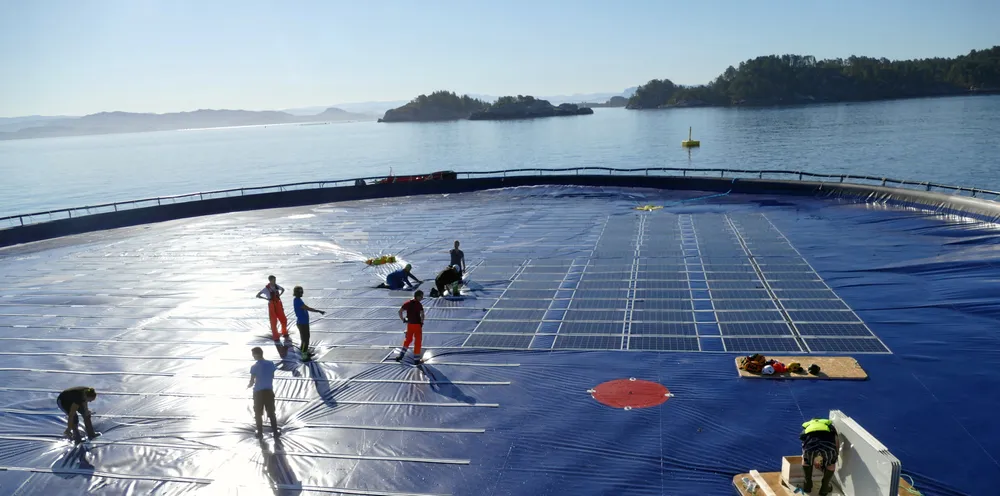GE's banner week, floating solar on the cusp, and Vestas' CEO on lessons of Texas
Our weekly curation of the must-read news and analysis from the-week-that-was in the global renewables industry

Our weekly curation of the must-read news and analysis from the-week-that-was in the global renewables industry
